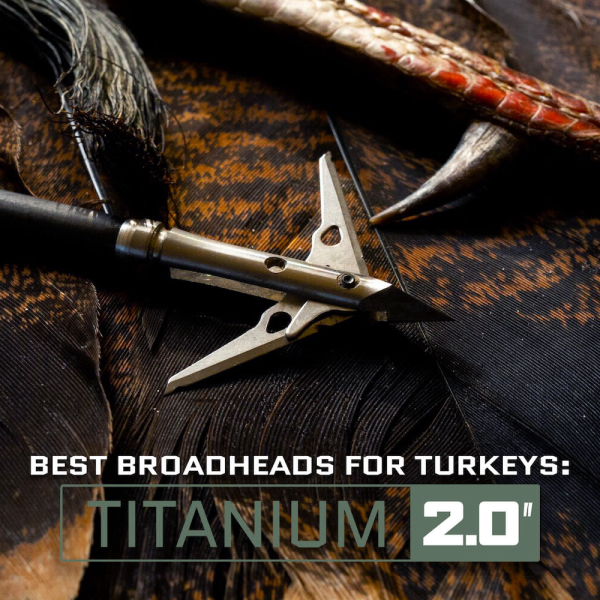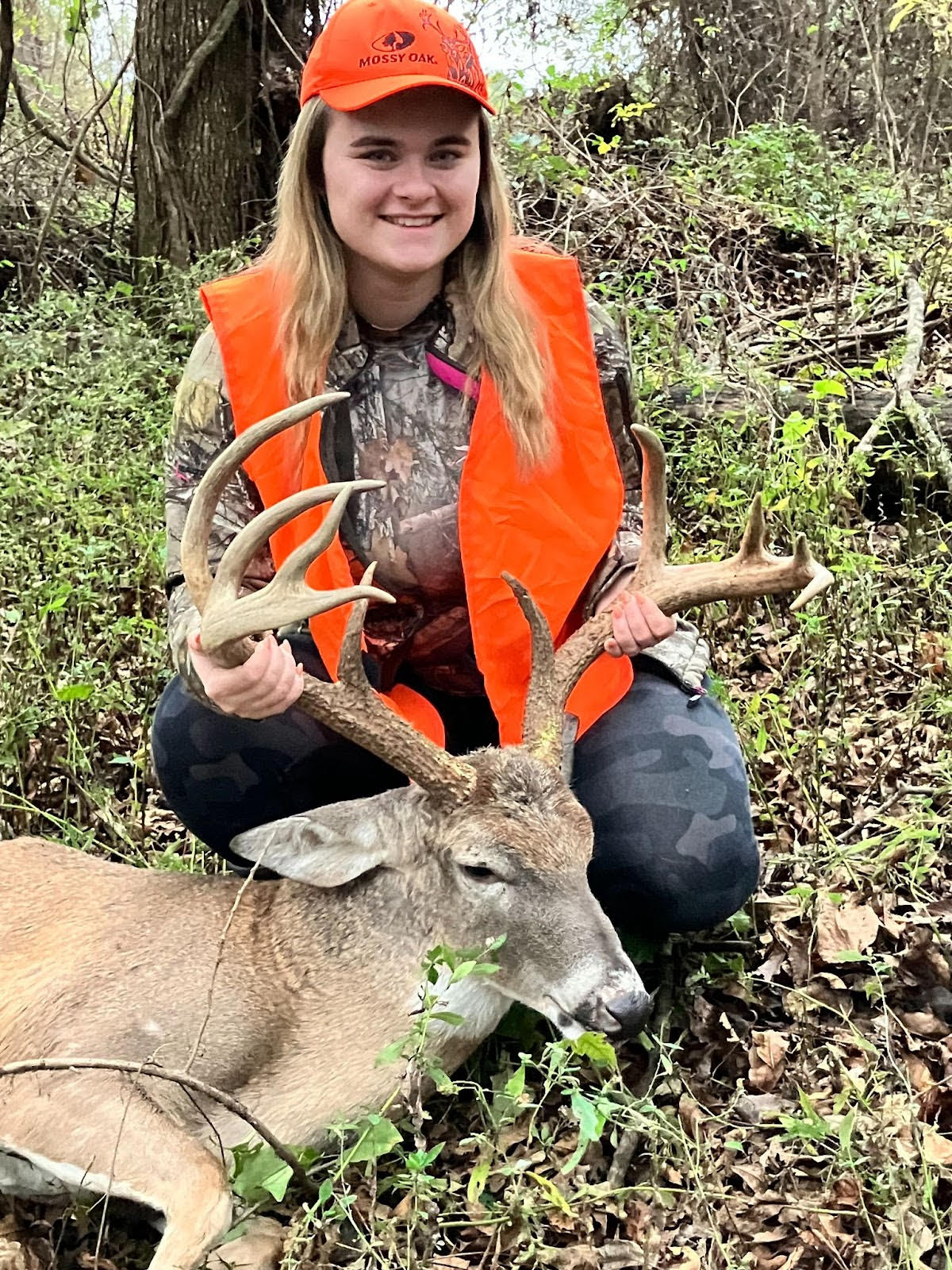Report Published for Mule Deer Community Conversations

The Wyoming Game and Fish Department has compiled key concerns and feedback received from the public regarding mule deer management in the state following a series of public meetings and an online comment period.
From August-December 2024, Game and Fish held 37 Mule Deer Community Conversations across the state. Staff met with members of the public to discuss mule deer management, including how best to address factors affecting mule deer populations.
“These community conversations provided an excellent opportunity for the public to discuss the challenges facing Wyoming’s mule deer. Public understanding and input are crucial to our agency’s work,” said Game and Fish Deputy Wildlife Chief Justin Binfet. “Mule deer face significant issues, from habitat loss to chronic wasting disease. Given the unfortunate declines observed in mule deer statewide, and in the West, we also wanted to check in with the public to gauge their preferences for how to set mule deer hunting seasons going forward.” Read more








